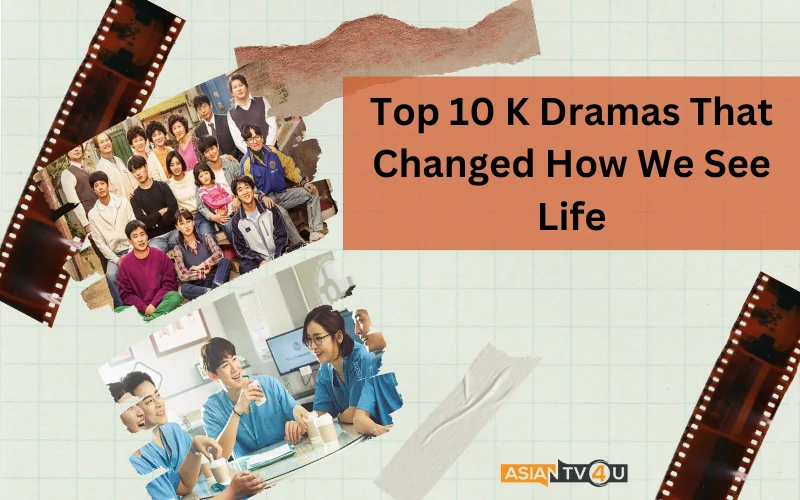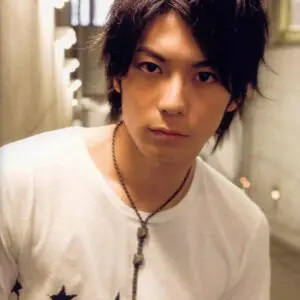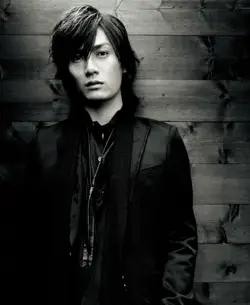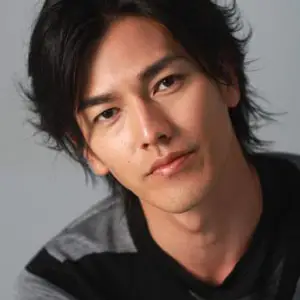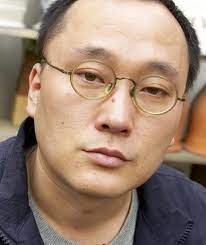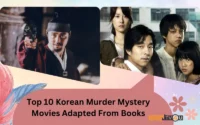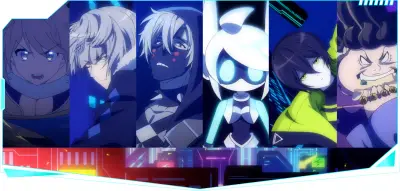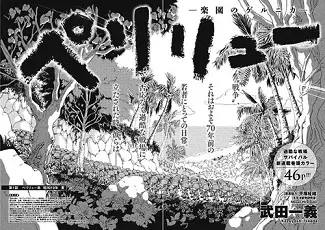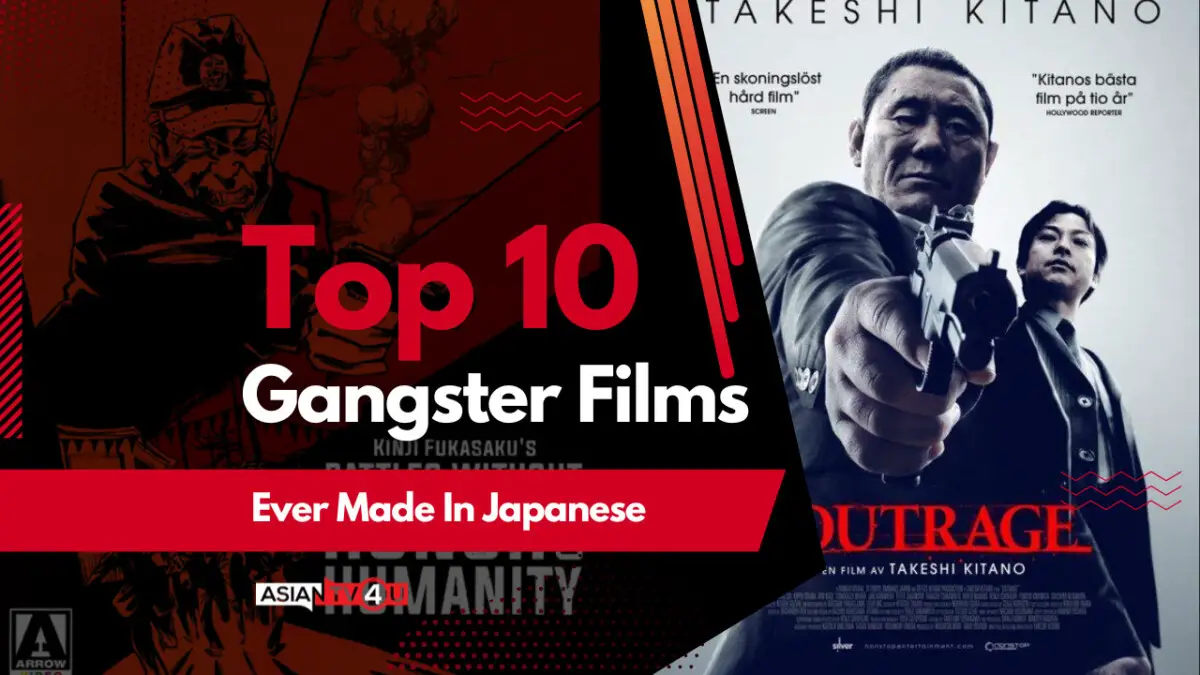
Japanese cinema is famous worldwide. And it has made such a significant contribution tointernational cinema. Additionally, it has discussed a variety of subjects, including romantic ,historical, and thriller films. The Yakuza movie genre is among the most popular or seen. The Yakuza, who effectivelyrepresent the Japanese Mafia, are known for their vicious behavior and rigorous adherenceto their standards of conduct.The established customs of the people, such as yubitsume (the practice of amputating afinger as a sign of sincere remorse), and full-body tattooing (or irezumi), frequently play asignificant role in the movies of this genre. Also commonly studied are the subjects of intense commitment, admiration, family, and societal adaptability. So, now lets talk about these types of movies in a more detailed form. Listed below are the top 10 gangster films ever made in Japan.
1. Twisted Justice (2016)
Kazuya Shiraishi served as the film's director. It got released in Japan on June 25, 2016.The trial that follows a top investigator's drug and firearms possession arrest in thenarrative reveals details regarding fabricated investigations and provides proof ofproblems inside the police force. It is a film that manages to offend everything at once, including the Yakuza, the police,women, emigrants, and the idea of male camaraderie. However, the aesthetics stay the same, with their ongoing rivalries, corruption and betrayals, and even their brutality embodied by Moboroshi, the Yakuza-like figurehead among them all.

2. Outrage (2010)
Takeshi Kitano served as the films director. In Japan, it was made available on June 12, 2010.Outrage has a lot of brutalities, although it mainly focused on the Yakuza;s underhanded economic practices. Kitano plays an original who gets deceived by his team, which results in a terrible outcome. It is a must-watch since it offers a glimpse into the modern yakuza's evolving practices.

3. Ken And Kazu (2015)
It got released on July 30, 2016, under the direction of Hiroshi Shoji. In the tale, Ken and Kazu operate a thriving drug trafficking enterprise out of an auto repair shop. While Kazu needs money to put his Alzheimer's-stricken mother in a facility, Ken's girlfriend becomes pregnant. They team up with an adversarial organization to expand their drug distribution network, but they also attract the attention of the Yakuza.The only exceptions are the exchanges between Ken and his girlfriend, but violence ultimately makes its way there. The movie is rife with brawling violence, another characteristic that matches the neglected area as the primary location.

4. Brutal Tales Of Chivalry (1965)
It got released on October 1, 1965, under the direction of Kiyoshi Saeki. The main themes of Brutal Tales Of Chivalry include loyalty, honor, and the origins of organized crime in Japan. Gennosuke, an imperial soldier who has just returned home ,finds his hometown a desolate wasteland. Gennosuke chooses to defend his mother land against bad gangs, much like morally upright Yakuza figures of the 1960sdid. He does this with a strong sense of moral righteousness and resolves. Even thoughit seems trite, this was one of the first stylish movies to provide viewers with a thorough introduction to the history of the Yakuza.

5. Battles Without Honour And Humanity (1973)
Kinji Fukasaku was the film's director. On January 13, 1973, it was made available in Japan .The best Yakuza movie of all time, according to many, is Battles Without Honour and Humanity. One of the very first contemporary Yakuza movies, it was filmed in a documentary-like manner.It remains at the top of many best-of lists, ranking sixth on the list of the greatest films ever made by famous Japanese cinema magazine Kinema Junpo. The memoirs of Kōzō Minō, a real Yakuza member, served as the inspiration for the film. The epic movie, which spans ten years, recounts the exploits of teenage Yakuza bandit Shozo Hirono. Hirono, trying to establish himself in the criminal underworld of Hiroshima after the war, observes the changing of the local Yakuza ruling families and top brass.The movie was the first of a five-part, wildly popular series that would ultimately alter
Japanese cinema forever.

6. Blood Of Revenge (1965)
On September 18, 1965, it got released under Tai Katô's direction. The vicious classic Blood Of Revenge stars Koji Tsuruta, often regarded as the first star of the Yakuza genre. The narrative takes place in Osaka in 1907, where Asajiro must manage his company's smooth-running operations, control the impulsive behavior of his late Oyabun’s son, and his feelings for the lovely geisha Hatsue. Tai Kato, the director, successfully displays widespread blood-gushing by deftly seizing every opportunity for
combat.
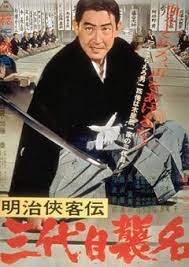
7. Ryuji (1983)
Toru Kawashima was the filmmaker. On October 29, 1983, it was made available intheatres. Ryuji is the only iconic Yakuza movie to have been made and released after the 1970s.The contemporary Yakuza, where ceremony and tradition are only inside jokes .The film centers on the release from custody of Ryuji, a high-ranking Yakuza member .Even though he enjoys great respect and dread outside his gang, he wants to leave the Yakuza lifestyle and take care of his young family. The temptation of reuniting with his former team, however, could be too much to resist given his rising debts and the nearby promise of easy money.

8. Sonatine (1993)
Takeshi Kitano was the director. And on June 5, 1993, it was made available in Japan .Many reviewers consider Takeshi Kitano's film Sonatine to be his greatest. Murakawa, a Yakuza enforcer, is skeptical when his group is dispatched to Okinawa to arbitrate a minor gang conflict. As a result of the ambush, several members of his group are killed, proving his concerns were justified. Murakawa seeks cover in a beach house with the survivors as he prepares his retaliation. Sonatine demonstrates an auteur at the height of his abilities, balancing intensely beautiful passages with horrifically brutal ones.

9. Youth Of The Beast (1963)
Seijun Suzuki was the director. And it was made available on April 21, 1963. A well-known Yakuza actor Joe Shishido portrays a teenage miscreant whose unpredictable, violent actions catch the eye of a local Yakuza leader, who then hires him. Once he joins, he begins to make agreements with other gangs to pit them agains tone another, and it quickly becomes apparent that he is acting with ulterior purposes. Youth of the Beast is a bizarre visual feast with elements of cinema noir.

10. Graveyard Of Honour (1975)
It was directed by Kinji Fukasaku. And it got released on February 15, 1975. The movie Graveyard of Honour may be the pinnacle of this philosophy since it is sorelent less in its focus on the main character's self-destruction and lasting madness. It is one of the darkest Yakuza movies because it has one of the most repulsive anti-heroes ever to appear in cinema. It is powerful and uncompromising in its grimness. This movie depicts Rikiko Ishikawa rule in the early post-war period. And it is based on the real story of the former Yakuza boss. As his drug use and contempt for his allies and opponents threaten his tenuous grasp on power, it explores the effects of his violent actions and the punishments imposed on him by his gang. A renowned remake directed by Takashi Miike in 2002 amplified the blood and violence.


